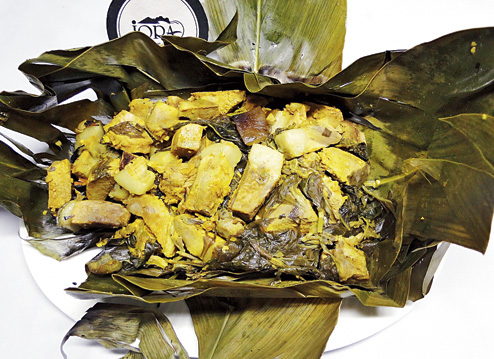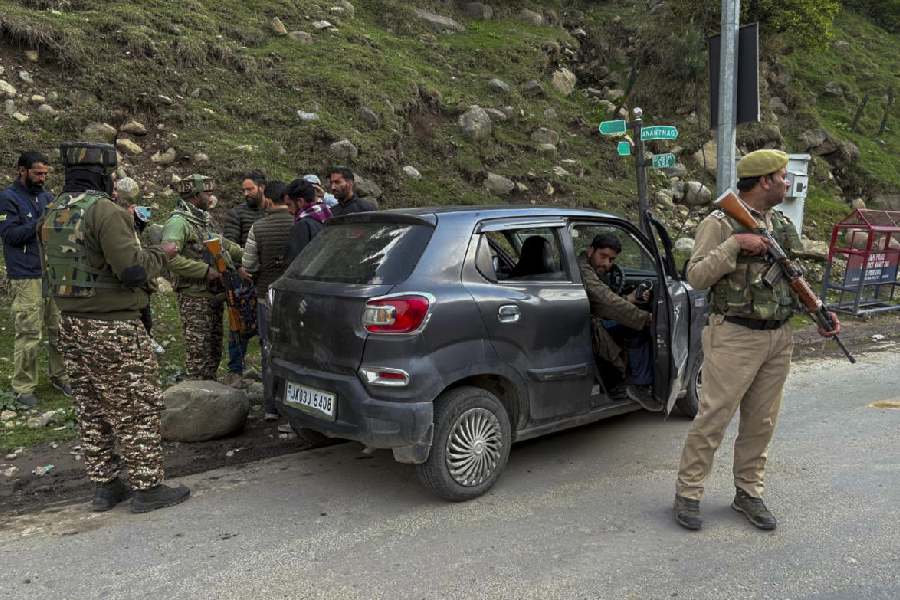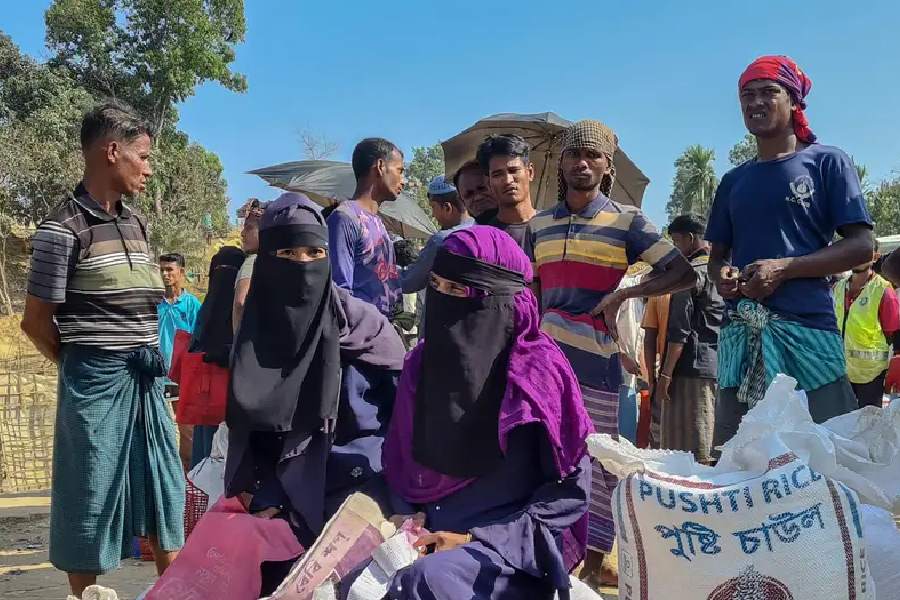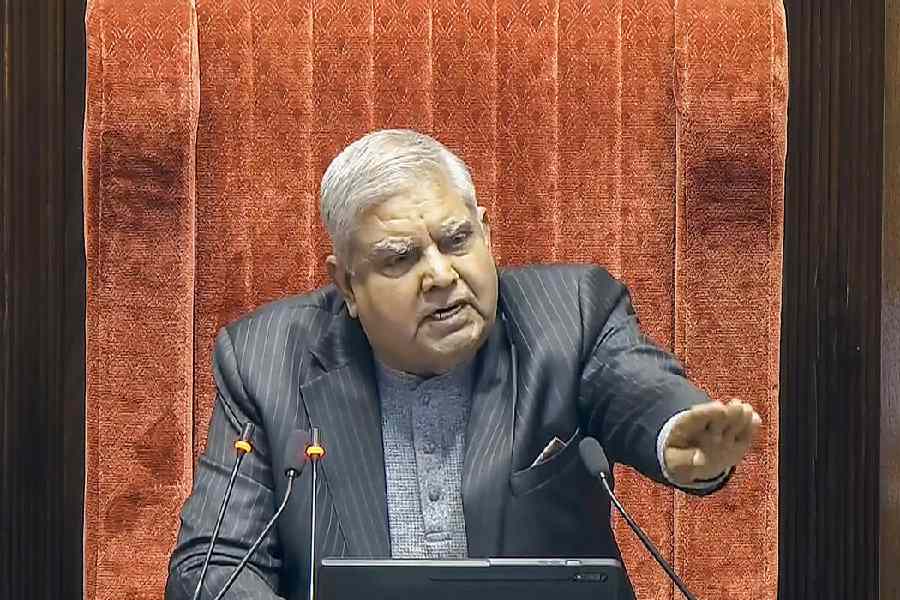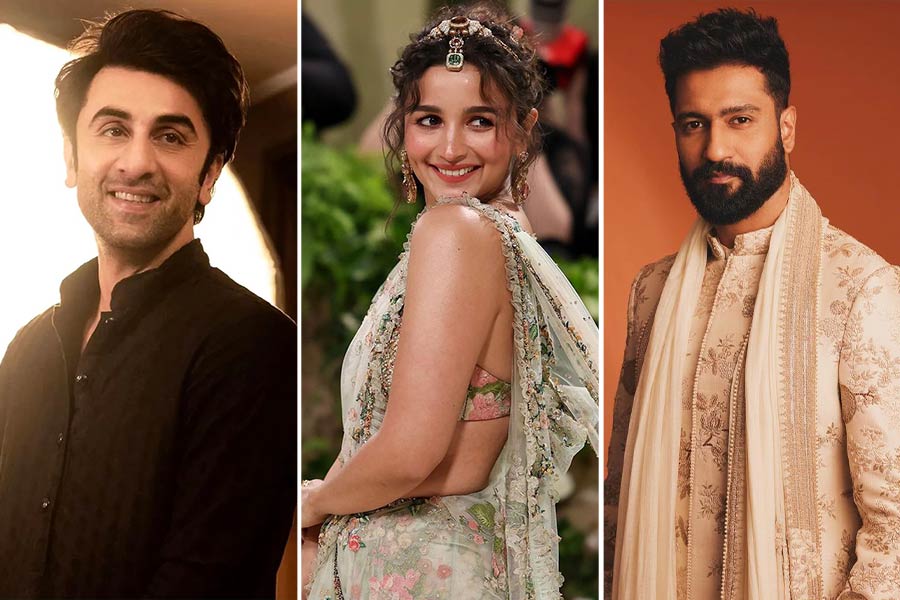-

PATOT DIA GAHORI
Sometimes, when I am in a philosophical mood, I think about the assimilation of cultures. Our multicultural tree has shed its fruits here and there — that's the reason why idlis pop up in Calcutta breakfasts with such ease, or tandoori chicken is found even in the smallest of dhabas in Tamil Nadu. But, at the same time, we are also insular. How much do we know about the food of the Northeast, for instance? We do know a bit about the cuisine of Assam and, perhaps, of a few Naga dishes. But not many of us are aware of the distinct (and common) food habits of the various tribes of the Northeast.
I witnessed some of these streams in my youth, when I travelled extensively across the Northeast, where my brother was posted. But it saddens me that very little is still known about the cuisine of the region, though mainstream food has made great inroads there.
-

Chef Faruk Ahmed
That's why I was really happy when I heard that Assam-based Faruk Ahmed, the corporate chef of the Janambhumi Hotels and Resorts group, was doing research into the cuisine of the Mishing tribe of Assam. These are people who live mostly in and around Jorhat, Golaghat, Tinsukia, Dibrugarh and a few other areas in the state. The chef spent time with the Mishing community in their raised bamboo houses by the Brahmaputra — and came back with a rich menu of dishes.
'Many of the local dishes are cooked with pork, country chicken and duck,' chef Ahmed says. 'The food they eat is mostly what they grow, or is to be found around.'
The potot dia ghahori, for instance, is a dish of pork marinated with talab, a local pungent garlic, crushed ginger, bamboo shoot, sliced onions, salt, a few drops of bhut jalokia pickle oil, crushed black pepper and mustard oil. The marinated pork is placed between tora leaves (somewhat like turmeric leaves) and cooked in an open charcoal fire.
-

TORA PATOR BHAAT
The river that the people live by has added to the cuisine. Fish is eaten in different forms — mach pura is barbecued and goroi masor pitika is roasted and mashed fish. And namshing — dried ground fish — is much loved.
The chef explains that the fish is dried under the sun, and then often stored wrapped in bamboo leaves, which add their own distinct taste to the fish. The dried ground fish is mixed with chopped onions, coriander leaves, garlic, lemon juice and mustard oil — and then eaten with rice.
-

MACH PURA
Rice is cooked in interesting ways too. For tora pator bhaat, joha (fine rice) or bora (sticky) rice is soaked for an hour. The rice is then drained and placed in tora leaves. The leaves are wrapped and secured with thread and then put in a pot half-filled with water (with a bit of salt). The leaf parcels are cooked for 20-25 minutes and then taken out. The leaves are discarded and the rice is served like cylindrical cakes.
Chef Ahmed's recent research has ignited old memories about my travels through the Northeast. I think I can even get a whiff of pork roasting on charcoal fire. Aah!
Mati Dal Kukura
(serves 4)
Ingredients:
500g country chicken
250g broken black lentil
50g sliced onions
50g ginger-garlic paste
10g jeera paste
10g dhania paste
5g turmeric powder
chopped green chillies (to taste)
salt to taste
Method:
Cut chicken into small cubes. Smear with salt and turmeric powder. Boil for 20 minutes with just enough water. Par-boil the black dal. In another pan, add mustard oil and then add onions and ginger-garlic paste. Add the chicken and the dal. Add spices and chillies and slow cook for 10 minutes. Garnish with chopped coriander leaves.
Courtesy chef Faruk Ahmed

